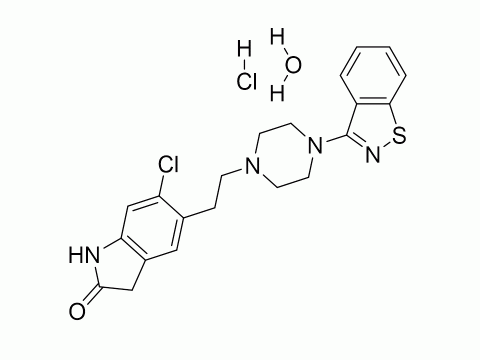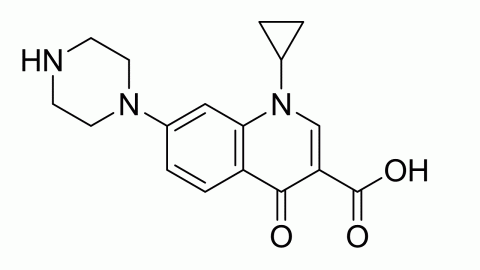Filter sub products categories alphabetically
Ziprasidone

Any substances that affect the purity of drugs or finished products are known as impurities. These are undesirable compounds that stay with the APIs during formulation. If the limit of these medications is exceeded, it results in undesirable pharmacological or toxicological consequences. The presence of impurities in pharmaceutical substances may impact the efficacy and safety of pharmaceutical goods as well as the body. Impurity formulations are interacted with at all stages of the production process.
Impurities are frequently a result of raw materials used in the manufacturing process, chemical substances utilized, reagents and atmospheric contamination, storage conditions, drug degradation during storage, intermediate products during formulations, and microbial contamination. These are undesirable chemical products that remain in the APIs throughout formulation. If the drug limit is exceeded, there may be harmful pharmacological or toxicological effects. Impurities in pharmaceutical substances can affect the efficacy and safety of pharmaceutical products and the body. Impurity formulations are dealt with at all stages of the production process.
These are different sources of impurities in APIs that form during API manufacturing. Impurities are categorized into three types.
1. Organic impurities
2. Inorganic impurities
3. Residual solvents
Organic impurities: Organic impurities in synthetic active pharmaceutical components might be the starting materials, produced by-products or intermediates, or degradation products from adulteration. Any organic impurity that forms must be thoroughly studied for chemistry and safety reasons, as the quantity and diversity of potential structures are infinite and frequently unknown. These impurities can be identified, as unidentified, volatile, or non-volatile. We must strictly adhere to all ICH rules, beginning with the raw materials utilized in the production process. During synthesis, many undesirable intermediates develop, reducing the purity of the final product.
Inorganic impurities: These impurities are developed during the manufacturing process. These impurities are included with reagents, salts, heavy metals, and catalysts. These impurities can be quantified by using pharmacopeia or other standard methods.
Residual solvents: Residual solvents, also known as organic volatile contaminants, are produced during the manufacturing of medicinal components or excipients, as well as the fabrication of pharmaceutical goods. They are classified as potentially unwanted substances and must be removed, even if only in trace amounts. Gas chromatography is commonly used to identify and quantify residual solvents in hazardous substances.
Control of Impurities:
In organic impurities, we need to review the impurities estimated during the chemical reactions involved in the synthesis and the impurities from raw materials that lead to the degradation of the product. And we also need to review the test conducted to detect impurities. This should include the test results of batches manufactured during the development of processes and commercial batches, as well as stress testing (ICH Guideline Q1A on stability) to identify impurities during storage.
Inorganic impurities are often discovered and measured by pharmacopeial or other relevant methods. During drug development, it's important to assess the potential for catalyst carry-over. Acceptance criteria should be based on pharmaceutical standards or established safety.
The ICH Q3C Guideline for Residual Solvents should be used to discuss and present the control of solvent residues in the production process of novel medicinal substances. Standards or known safety
Disadvantages of Impurities:
• Lower the shelf life of the finished product.
• Difficulties during formulations.
• Effects on purity and potency of drug.
• Few impurities, due to their instability and hygroscopic nature, cause changes in the physical properties of drugs like color, odor, and taste. Analytical procedures can be used to detect impurities using the below instruments.
1. Gas chromatography
2. HighPerformance Liquid Chromatography
3. Ultraviolet spectroscopy
4. Infrared Spectroscopy
5. Nuclear Magnetic Resonance Spectroscopy
6. Mass spectroscopy
Quantification of Impurities:
Impurities can appear at any formulation stage, including synthesis, formulation, purification, and storage; thus, they must be reduced at all stages of production to increase therapeutic potential and provide high-quality pharmaceutical products. These can be avoided by performing quality audits and monitoring the whole process, from raw materials to completed products. Manufacturers who follow the ICH Q3A criteria can efficiently monitor and manage contaminants throughout the medication development and manufacturing processes. As a result, pharmaceutical products are safer and of better quality.
